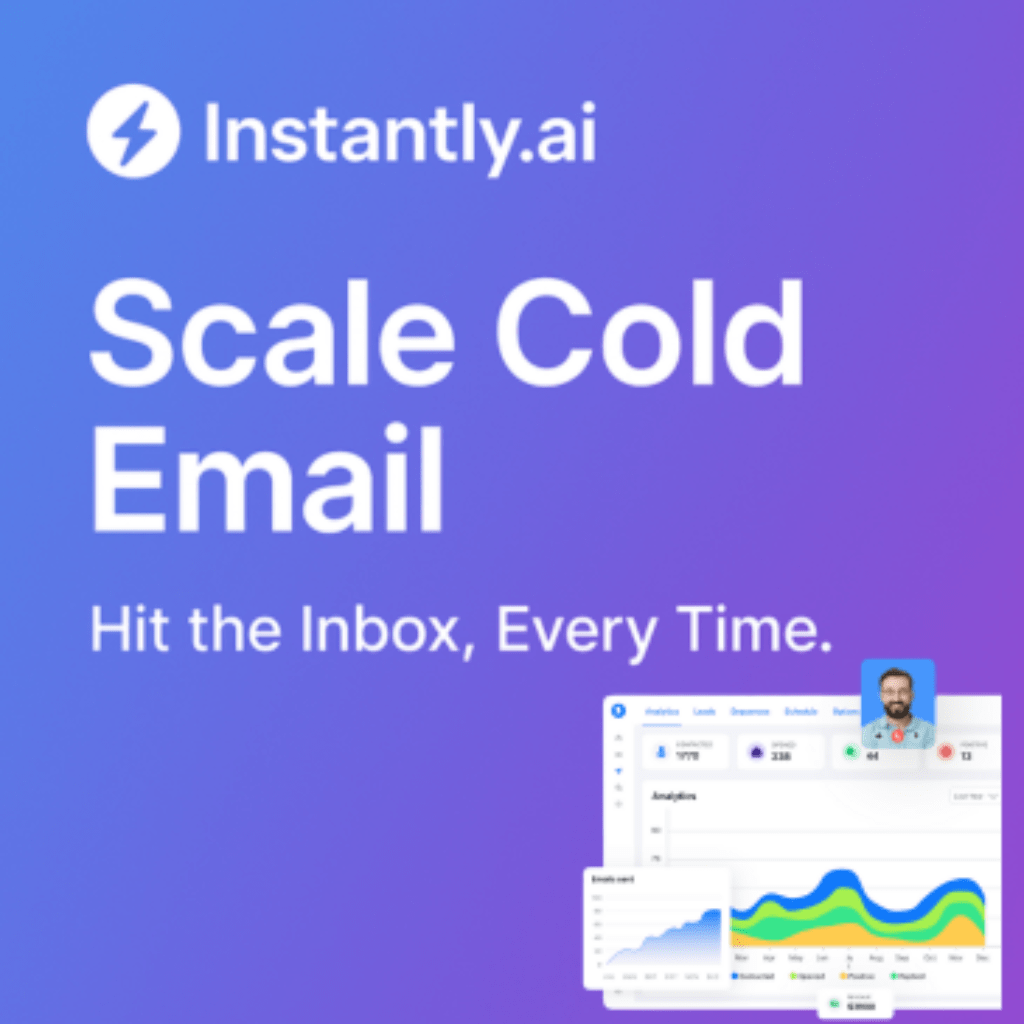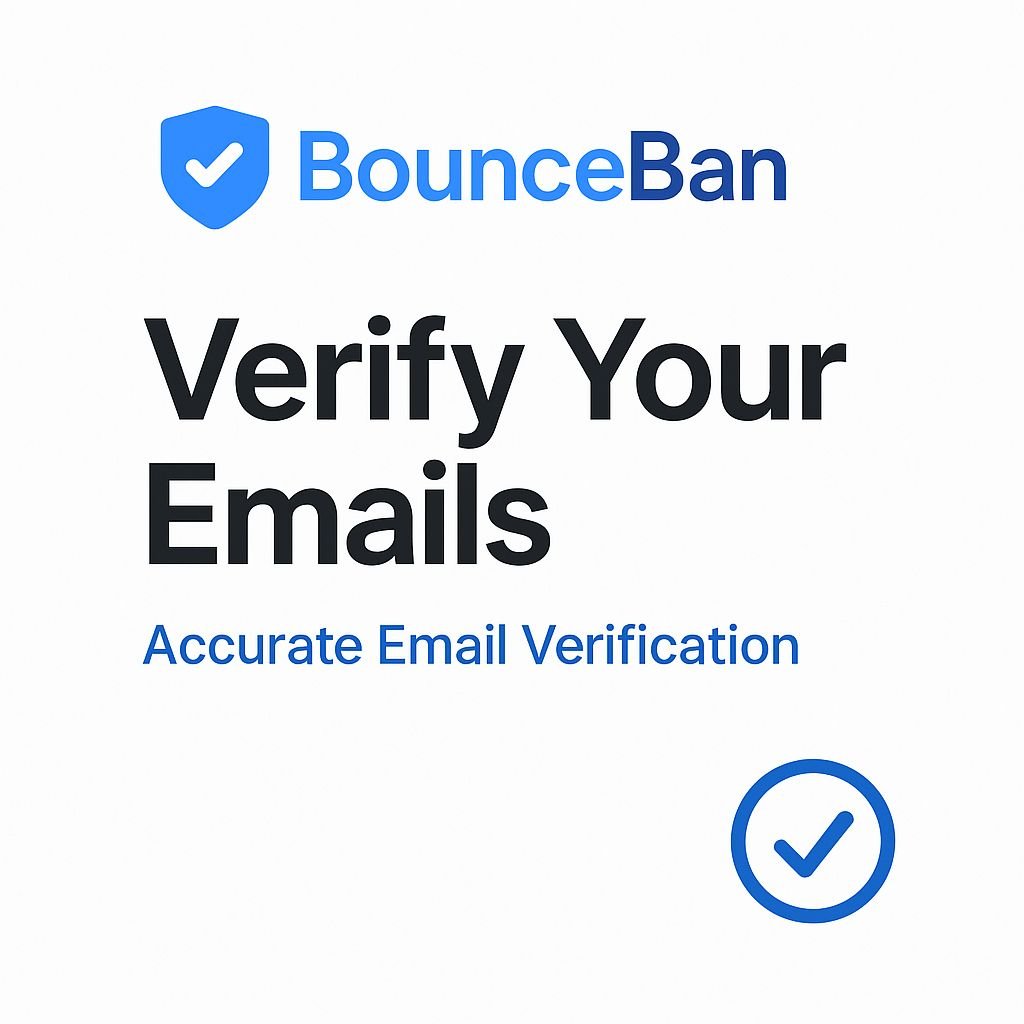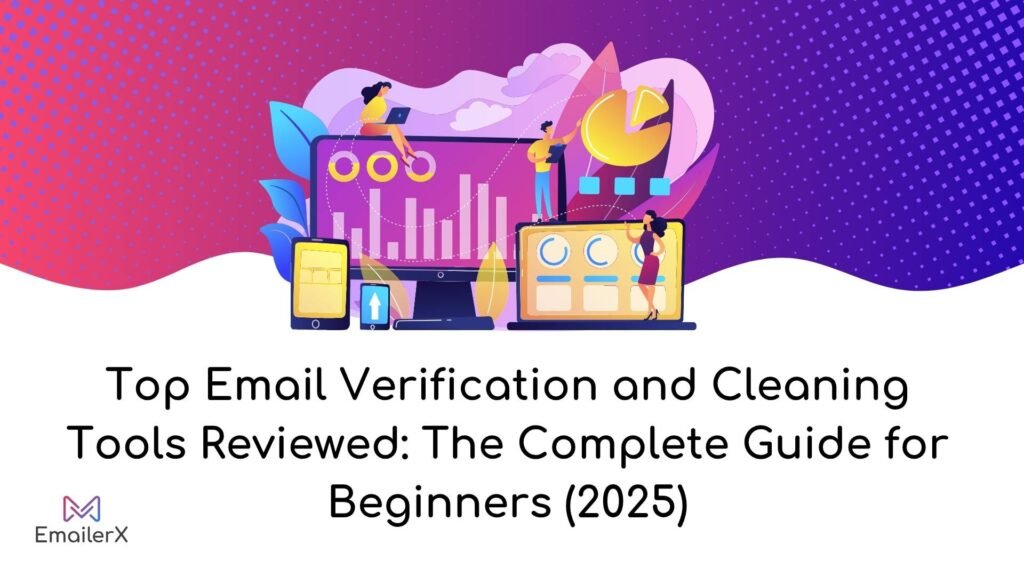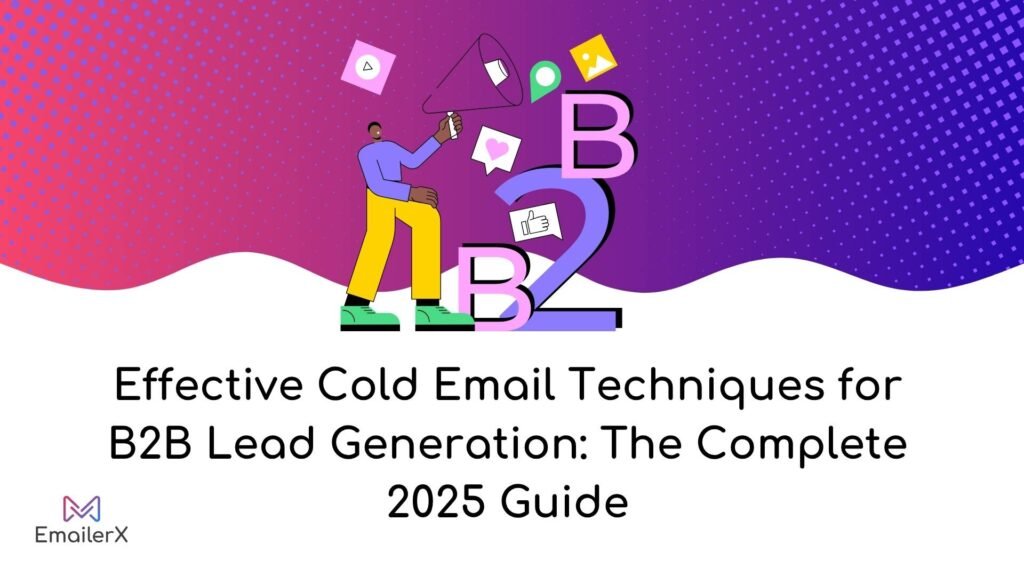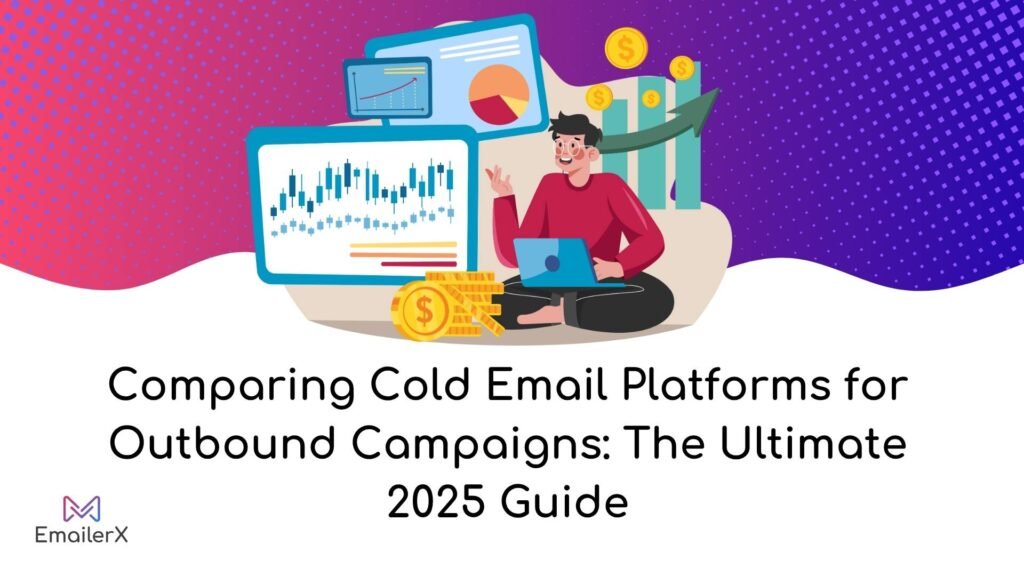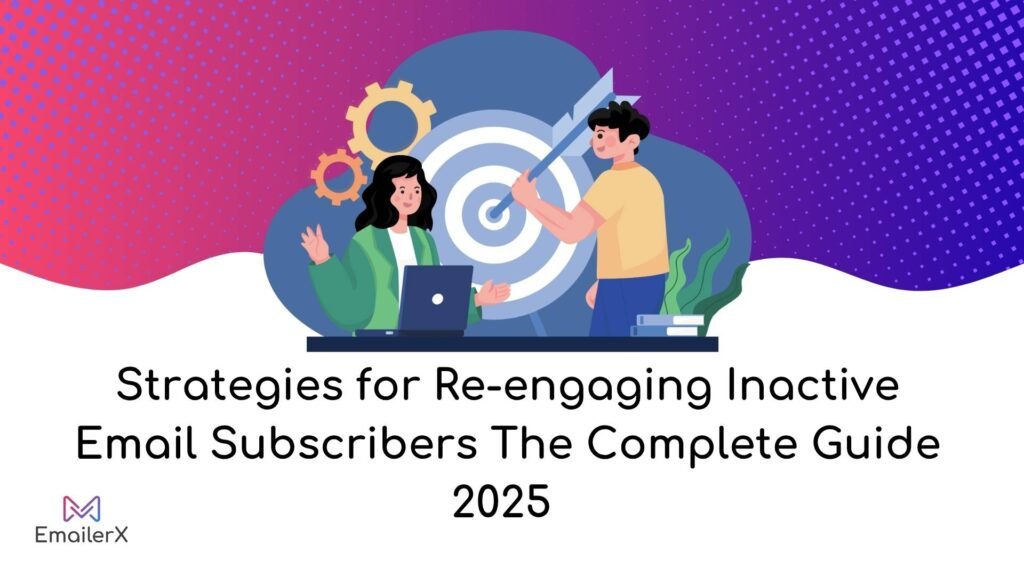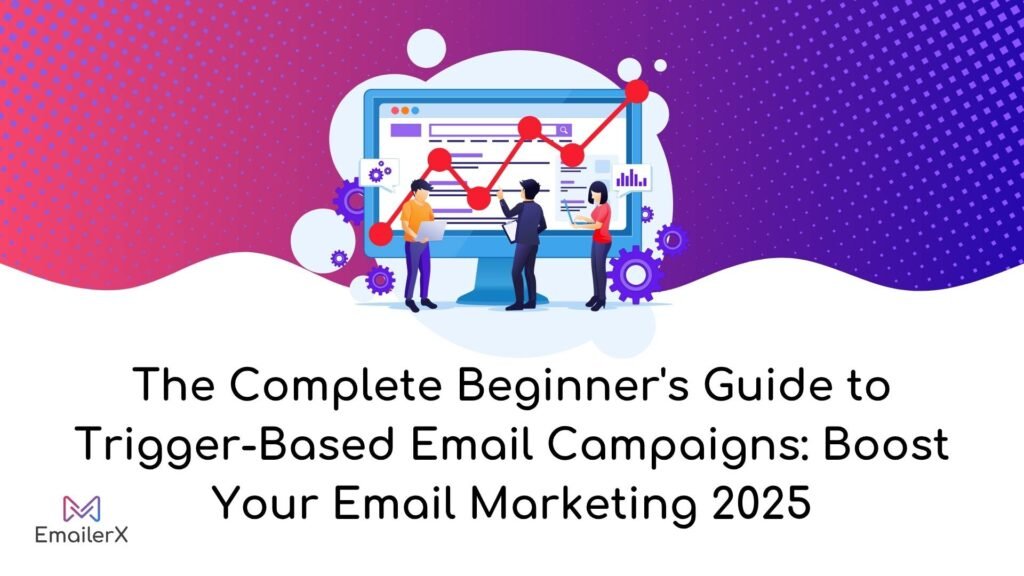Re-engaging inactive email subscribers is one of the most critical yet overlooked strategies in email marketing, often representing the difference between a thriving list and a declining.
With email deliverability becoming increasingly stringent in 2025 and subscriber engagement directly impacting your sender reputation, simply sending more emails to unresponsive contacts can actually harm your entire email program.
This comprehensive guide reveals proven strategies for breathing new life into dormant segments of your email list, drawing from over 13 years of enterprise-level email experience and real-world implementations across major platforms like Klaviyo, HubSpot, and Salesforce.
Whether you’re dealing with a few hundred disengaged contacts or managing large-scale reactivation campaigns, you’ll discover the advanced techniques, automation workflows, and behavioral triggers that consistently transform inactive subscribers into engaged customers—while protecting your domain reputation and improving overall campaign performance.
Table of Contents
ToggleWhat Are Inactive Email Subscribers?

Inactive email subscribers are contacts who have stopped engaging with your emails over a specific period. These subscribers remain on your email list but no longer open, click, or respond to your campaigns. The standard benchmark for defining inactive subscribers is 6-12 months without engagement, though this timeframe varies based on your industry and email frequency.
The Three Types of Inactive Email Subscribers
Understanding your inactive subscriber segments is crucial for crafting effective win-back campaigns :
1. Never-Actives
- Subscribers who joined your list but never engaged
- Often result from lead magnets or promotional sign-ups
- Require different re-engagement strategies than previous customers
2. Lapsed Customer Inactives
- Former customers who stopped purchasing and engaging
- Previously showed interest but gradually disengaged
- High-value targets for customer re-engagement efforts
3. Current Customer Inactives
- Active customers who don’t engage with emails
- Continue purchasing but ignore email communications
- Need email preference optimization and personalized content
Why Re-engaging Inactive Email Subscribers Matters
Email Deliverability Impact
Inactive subscribers significantly damage your email deliverability and sender reputation. When email providers like Gmail see high volumes of unopened emails, they’re more likely to:
- Filter your messages to spam folders
- Reduce your inbox placement rates
- Damage your overall email marketing performance
Revenue Protection
Customer success strategy experts recognize that re-engagement campaigns can:
- Increase customer lifetime value by 25-30%
- Improve renewal rates for subscription-based businesses
- Prevent churn before it becomes irreversible
- Enhance email campaign profitability by optimizing subscriber interaction measurements
12 Proven Strategies for Re-engaging Inactive Email Subscribers

1. Implement Smart Email Segmentation
Subscriber categorization serves as the cornerstone of effective re-engagement strategies. Divide your inactive subscribers based on:
- Engagement history (last open/click date)
- Purchase behavior (recent customers vs. prospects)
- Demographics (age, location, industry)
- Content preferences (product categories, email types)
Pro Tip: Use behavioral triggers to automatically segment subscribers who haven’t engaged in 30, 60, or 90 days for targeted reactivation sequences.
2. Create Personalized Re-engagement Emails
Email personalization goes beyond using first names. Effective personalized re-engagement includes:
- Purchase history references (“We noticed you loved [previous product]”)
- Browsing behavior insights (“You viewed these items recently”)
- Content consumption patterns (“Based on articles you’ve read”)
- Geographic relevance (local events, weather, trends)
3. Design Win-back Email Campaigns with Irresistible Offers
Exclusive discounts and perks remain one of the most effective re-engagement tactics:
Discount Strategy Examples:
- “We miss you – 25% off your next order”
- “Your exclusive comeback offer inside”
- “Limited time: 30% off for returning customers”
Value-Added Incentives:
- Free shipping for 6 months
- Early access to new products
- Exclusive member-only content
4. Leverage Limited Time Offers and FOMO
Limited time offers create urgency that compels action. Effective FOMO strategies include:
- Countdown timers in email design
- Stock scarcity notifications (“Only 5 left in your size”)
- Exclusive deadline reminders (“Offer expires in 24 hours”)
- Social proof integration (“1,000+ customers reactivated this week”)
5. Use Customer Feedback Surveys
Customer feedback surveys serve dual purposes: gathering valuable insights and re-engaging subscribers. Effective survey strategies:
Survey Types:
- Quick one-question polls embedded in emails
- Comprehensive preference centers
- Product feedback requests
- Content preference selections
Incentive Integration:
- Small rewards for survey completion
- Discount codes upon finishing
- Entry into exclusive giveaways
6. Implement Educational Content Marketing
Educational content marketing positions your brand as a valuable resource:
Content Types:
- How-to guides related to your products
- Industry insights and trends
- Best practices tutorials
- Case studies and success stories
SaaS Email Marketing Example: Share new feature tutorials, integration guides, or productivity tips that demonstrate ongoing value.
7. Optimize for Mobile Email Experience
With 42.3% of users deleting non-mobile-optimized emails immediately, mobile email optimization is crucial:
Mobile Optimization Checklist:
- Responsive email templates
- Thumb-friendly button sizes
- Scannable content hierarchy
- Fast-loading images
- Single-column layouts
8. Set Up Email Automation Workflows
Email marketing automation enables timely, relevant re-engagement:
Automated Sequence Example:
- Day 1: “We miss you” email with value reminder
- Day 7: Educational content or new feature highlight
- Day 14: Exclusive discount offer
- Day 21: Preference center invitation
- Day 30: Final “stay or go” message
9. A/B Testing for Email Campaign Optimization
A/B testing emails helps identify the most effective re-engagement approaches:
Elements to Test:
- Subject lines (humor vs. direct approach)
- Email sending times
- Content types (text vs. visual)
- CTA button colors and copy
- Offer types and values
Testing Framework:
- Test one element at a time
- Use statistically significant sample sizes
- Run tests for minimum 24-48 hours
- Document results for future campaigns
10. Analyze Subscriber Engagement Metrics
Track these subscriber engagement metrics to measure re-engagement success, especially when dealing with bounce-related deliverability issues. High bounce rates can distort your performance data and harm your sender reputation—if you’re unsure how to address this, our Ultimate 2025 Guide to Understanding Bounce Rates and Managing Bounced Emails walks you through everything you need to know to maintain a clean, high-performing email list.
Primary Metrics:
- Re-engagement email open rates (target: 10-15%)
- Click-through rates from re-engagement campaigns
- Conversion rates from reactivated subscribers
- Revenue generated from win-back campaigns
Secondary Metrics:
- Email list hygiene improvements
- Overall deliverability score changes
- Customer lifetime value increases
- Churn prevention rates
11. Address Email Fatigue
Email fatigue often causes subscriber disengagement. Combat this by:
Frequency Optimization:
- Offering email preference centers
- Implementing send-time optimization
- Providing content type selections
- Allowing pause options instead of unsubscribes
Content Variety:
- Mixing promotional and educational content
- Varying email formats and designs
- Including user-generated content
- Featuring customer stories and testimonials
12. Build Trust and Brand Loyalty
Long-term customer relationships require consistent brand loyalty building:
Trust-Building Strategies:
- Transparent communication about data usage
- Consistent brand voice and values
- Reliable customer support integration
- Community building initiatives
User Experience Enhancement:
- Seamless email-to-website transitions
- Consistent branding across channels
- Subscriber preferences respect
- Easy preference management
Email Re-engagement Templates and Examples

Template 1: “We Miss You” Email
Subject Line: “We miss you – here’s 20% off to come back”
Email Body:
Hi [First Name],
We've noticed you haven't opened our emails lately, and we wanted to reach out personally.
As one of our valued subscribers, we'd love to welcome you back with an exclusive 20% discount on your next purchase.
[Browse New Arrivals - CTA Button]
If you're not interested in hearing from us anymore, we understand. You can update your preferences [here] or unsubscribe [here].
Thanks for being part of our community!
Best regards,
[Team Name]
Template 2: Preference Center Invitation
Subject Line: “Help us send you better emails”
Email Body:
Hi [First Name],
We want to make sure our emails are valuable to you. Take 30 seconds to tell us what content you'd like to receive:
□ Product updates and launches
□ Educational tutorials
□ Exclusive offers and discounts
□ Industry news and insights
[Update My Preferences - CTA Button]
Your feedback helps us create content you'll actually want to read!
Recommended Tools and Platforms

Email Marketing Automation Platforms
1. Klaviyo (Try Klaviyo Free)
- Advanced segmentation capabilities
- Behavioral trigger automation
- Comprehensive analytics dashboard
- A/B testing features
2. Mailchimp (Start Free Trial)
- User-friendly automation workflows
- Built-in A/B testing
- Detailed engagement reporting
- Mobile optimization tools
3. ConvertKit (Get ConvertKit)
- Creator-focused automation
- Tag-based segmentation
- Visual automation builder
- Landing page integration
Email Deliverability Tools
4. SendGrid (Improve Deliverability)
- Dedicated IP options
- Deliverability optimization
- Real-time analytics
- Spam testing features
Analytics and Optimization
5. Litmus (Test Email Rendering)
- Email preview testing
- Analytics and tracking
- Spam filter testing
- Mobile optimization verification
Advanced Strategies for Enterprise Email Marketing

Customer Success Management Integration
For larger organizations, integrating customer success management with email re-engagement creates powerful synergies:
- Behavioral scoring to identify at-risk customers
- Renewal rate optimization through targeted campaigns
- Cross-functional alignment between CS and marketing teams
- Predictive analytics for churn prevention
Multi-channel Re-engagement Approaches
Modern customer retention strategies extend beyond email:
- Retargeting campaigns on social media platforms
- Direct mail for high-value inactive customers
- SMS reactivation sequences
- Push notification re-engagement
Measuring Re-engagement Success

Key Performance Indicators (KPIs)
Track these metrics to measure your email campaign optimization success:
Immediate Metrics:
- Re-engagement email open rates
- Click-through rates from win-back campaigns
- Unsubscribe rates during re-engagement
- Spam complaint increases
Long-term Metrics:
- Customer lifetime value improvements
- Subscription renewal rate increases
- Overall email marketing ROI enhancement
- Customer trust and brand loyalty indicators
ROI Calculation for Re-engagement Campaigns
Calculate your re-engagement ROI using this formula:
ROI = (Revenue from Reactivated Subscribers – Campaign Costs) / Campaign Costs × 100
Industry benchmarks suggest well-executed re-engagement campaigns deliver 300-500% ROI within the first 6 months.
Conclusion: Transform Your Email Marketing with Strategic Re-engagement

Re-engaging inactive email subscribers is both an art and a science that requires strategic planning, continuous testing, and genuine value delivery. By implementing these proven strategies from personalized re-engagement emails and exclusive discounts to educational content marketing and email automation workflows you can transform dormant subscribers into active, loyal customers.
Remember that successful email re-engagement focuses on rebuilding customer relationships and user experience rather than simply pushing sales. When you prioritize subscriber preferences, maintain email list hygiene, and deliver consistent value, you create the foundation for long-term customer success and brand loyalty.
Frequently Asked Questions
How long should I wait before considering a subscriber inactive?
Most email marketing experts recommend 6-12 months without engagement as the standard timeframe. However, this varies by industry:
– E-commerce: 3-6 months
– B2B services: 6-12 months
– SaaS platforms: 90-180 days
– Media/Publishing: 60-90 days
What’s a good re-engagement email open rate?
Successful re-engagement campaigns typically achieve 10-15% open rates, with the most effective campaigns reaching 20%+. Click-through rates of 2-5% are considered strong for re-engagement emails.
Should I remove subscribers who don’t respond to re-engagement campaigns?
Yes, removing consistently inactive subscribers improves your overall email performance. After 2-3 re-engagement attempts over 30-60 days, it’s best to remove non-responsive subscribers to maintain email list hygiene and protect your sender reputation.
How many emails should be in a re-engagement sequence?
Most effective re-engagement sequences contain 3-5 emails spaced over 2-4 weeks. This provides multiple touchpoints without overwhelming inactive subscribers.
Can I re-engage subscribers who marked emails as spam?
Subscribers who marked emails as spam should not be included in re-engagement campaigns. Focus your efforts on subscribers who simply haven’t engaged rather than those who actively complained.
What’s the best day and time to send re-engagement emails?
Tuesday through Thursday between 10 AM – 2 PM typically perform best for re-engagement emails. However, A/B testing different send times for your specific audience often reveals optimal timing.


